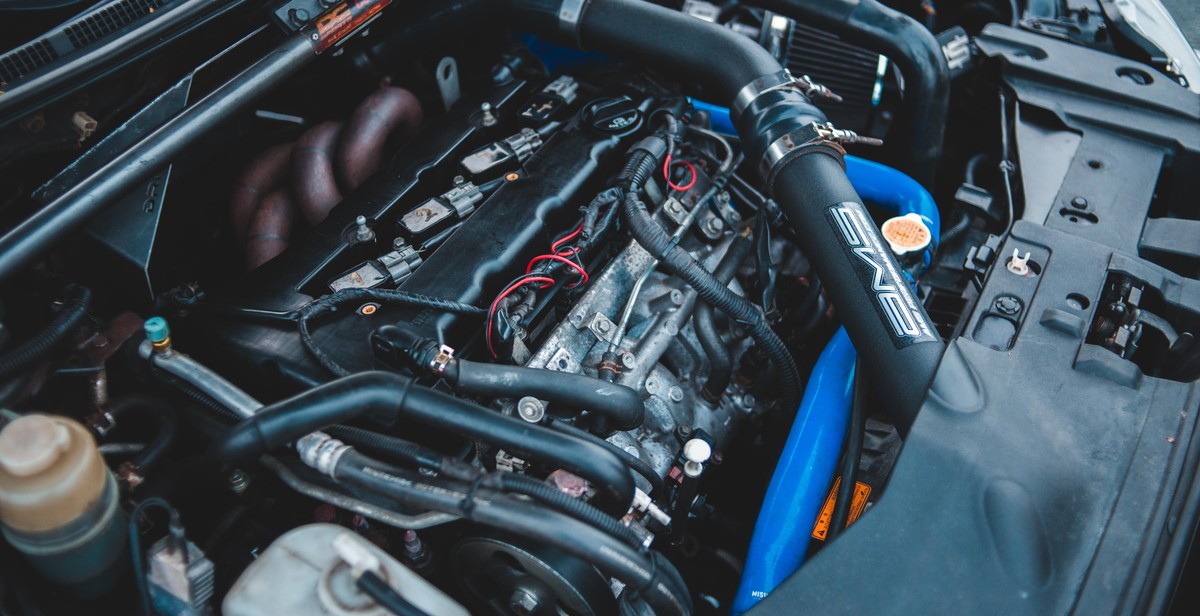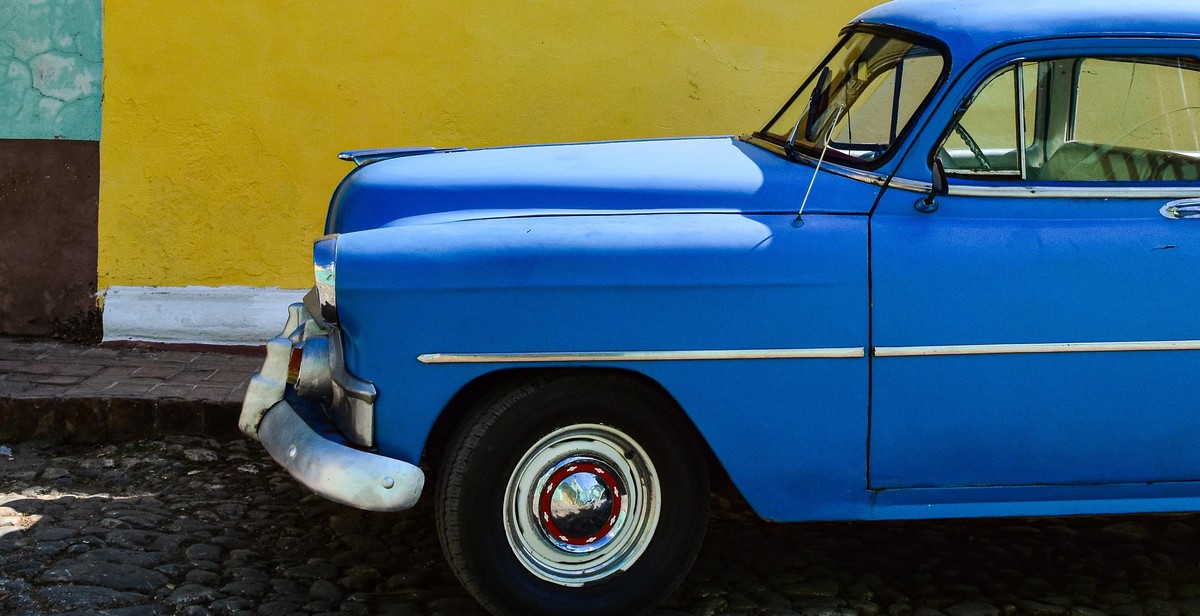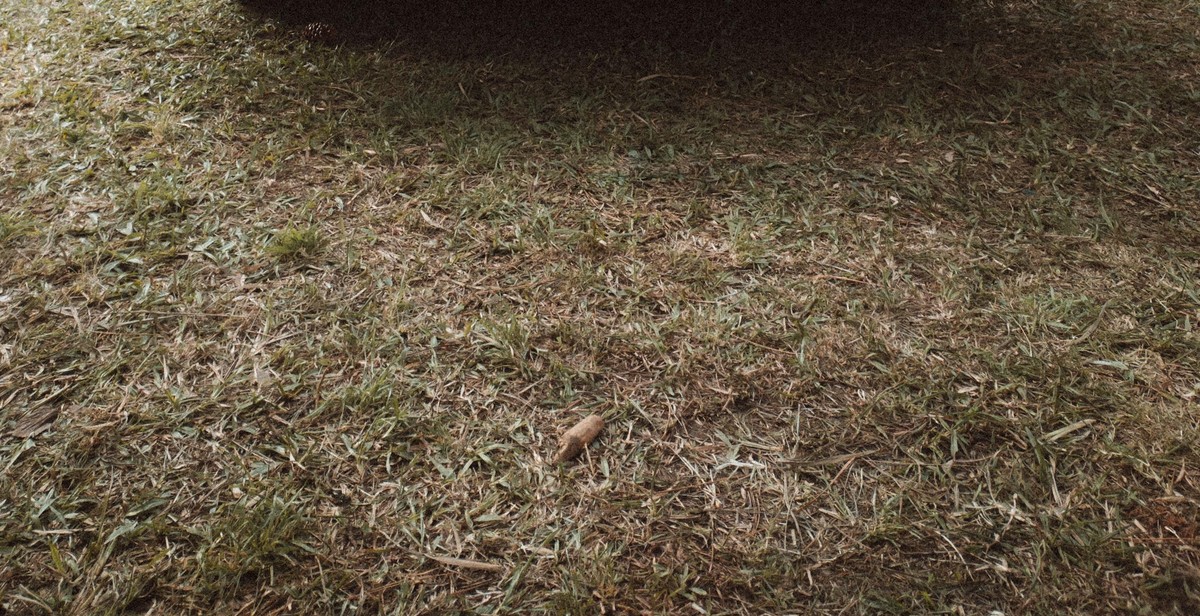How to Restore and Maintain the Classic Beauty of an Oldtimer Car
Oldtimer cars are a thing of beauty and a testament to the ingenuity of automotive engineering from a bygone era. Restoring and maintaining these classic vehicles can be a labor of love and a rewarding experience for any car enthusiast. However, it requires a great deal of knowledge, patience, and dedication to bring these oldtimers back to their former glory.
Why Restore an Oldtimer Car?
Oldtimer cars are not just vehicles; they are a piece of history and a reflection of a particular time in the automotive industry. Restoring an oldtimer car brings it back to life and preserves its history for future generations to appreciate. Additionally, owning an oldtimer car can be a great investment as their value tends to appreciate over time, especially if they are well-maintained.
Steps to Restoring an Oldtimer Car
Restoring an oldtimer car involves several steps, including:
- Assessing the condition of the car
- Creating a restoration plan
- Disassembling the car
- Repairing and replacing damaged parts
- Painting the car
- Reassembling the car
- Testing and tuning the car
Maintaining an Oldtimer Car
Maintaining an oldtimer car is just as important as restoring it. Regular maintenance can prevent costly repairs and keep the car running smoothly. Some maintenance tasks to consider include:
- Regular oil changes
- Tire rotations and replacements
- Brake inspections and replacements
- Electrical system maintenance
- Interior and exterior cleaning and detailing
| Tip: | Joining an oldtimer car club can be a great way to learn more about restoring and maintaining these classic vehicles. You can also connect with other enthusiasts and attend car shows and events. |

Assessment and Planning
Before beginning any restoration project, it is essential to evaluate the condition of the car. This assessment will help you determine the extent of the work required and set realistic goals and budgets.
Evaluate the Condition of the Car
Start by examining the car’s exterior, interior, and mechanical components. Look for signs of rust, damage, wear and tear, and any missing parts. Take note of any areas that require attention, such as the bodywork, engine, suspension, and brakes.
It is also crucial to assess the car’s history, including its maintenance and repair records, previous accidents, and any modifications made. This information will help you determine the car’s originality and authenticity and identify any potential issues that may affect the restoration process.
Set Realistic Goals
Once you have evaluated the car’s condition, set realistic goals for the restoration project. Determine the level of restoration you want to achieve, whether it is a complete restoration to original condition or a partial restoration that focuses on specific areas.
Consider your budget, skills, and time constraints when setting your goals. Be realistic about what you can achieve, and don’t set yourself up for disappointment by setting goals that are beyond your capabilities or budget.
Set Realistic Budgets
Restoring a classic car can be an expensive undertaking, so it is essential to set a realistic budget for the project. Consider the cost of parts, labor, and any professional services you may require, such as painting or upholstery work.
Factor in unexpected expenses and budget for contingencies. It is better to overestimate your costs than underestimate them and run out of money halfway through the project.
By evaluating the condition of the car, setting realistic goals, and budgets, you can ensure a successful restoration project that restores and maintains the classic beauty of your oldtimer car.

Body Restoration
Restoring the body of an oldtimer car is a crucial step towards achieving its classic beauty. Here are the steps involved:
Strip the Car Down
The first step in restoring the body of an oldtimer car is to strip it down to its bare metal. This involves removing all the paint, rust, and any other coatings that may be present on the body. This can be done using various methods, such as sandblasting, chemical stripping, or media blasting. Once the body is stripped down, it is easier to assess the extent of damage and determine which areas need repair or replacement.
Repair or Replace Damaged Panels
After stripping the car down, you will need to assess the condition of the body and determine which panels need repair or replacement. This may involve welding in new metal or patching up any rusted areas. If the damage is extensive, you may need to replace entire panels. It is important to ensure that all repairs are done correctly to avoid any future issues.
Prepare the Surface for Painting
Once all the repairs have been completed, the surface of the body needs to be prepared for painting. This involves sanding the body to create a smooth surface and removing any imperfections. It is important to ensure that the surface is completely clean and free from any dust or debris before moving on to the next step.
Apply Primer and Paint
The final step in restoring the body of an oldtimer car is to apply primer and paint. The primer is applied to ensure that the paint adheres properly to the surface and to provide an extra layer of protection. Once the primer is dry, the paint can be applied. It is important to use high-quality paint and to apply it evenly to achieve the best results.
| Method | Description |
|---|---|
| Sandblasting | Uses compressed air to blast sand onto the body, removing any coatings. |
| Chemical Stripping | Uses chemicals to dissolve the coatings on the body. |
| Media Blasting | Uses various types of media, such as glass beads or walnut shells, to remove coatings from the body. |

Mechanical Restoration
One of the most important aspects of restoring an oldtimer car is ensuring that its mechanical components are functioning properly. This involves inspecting and replacing any worn out parts, rebuilding the engine and transmission, and replacing the suspension and steering components.
Inspect and Replace Worn Out Parts
The first step in mechanical restoration is to thoroughly inspect the car for any worn out or damaged parts. This includes checking the brakes, steering, suspension, and drivetrain. Any parts that are worn out or damaged should be replaced with new ones to ensure the car is safe to drive and operates at its best.
Rebuild the Engine and Transmission
The engine and transmission are the heart of any car, and restoring them to their former glory is essential for a successful restoration. This involves disassembling the engine and transmission, inspecting all components for wear or damage, and replacing any parts that need to be replaced. The engine and transmission should then be rebuilt using high-quality parts and fluids.
Replace the Suspension and Steering Components
The suspension and steering components are critical for the car’s handling and ride comfort. It’s important to replace any worn out or damaged parts, including shocks, struts, ball joints, tie rods, and bushings. Upgrading to modern suspension components can also improve the car’s handling and performance.
Overall, a successful mechanical restoration requires attention to detail and a willingness to replace any worn out or damaged parts. By rebuilding the engine and transmission and replacing the suspension and steering components, an oldtimer car can be brought back to life and driven with confidence.

Interior Restoration
Restoring the interior of an oldtimer car is just as important as restoring the exterior. The interior of a classic car is what makes it unique and memorable. Here are the steps to follow when restoring the interior of your classic car:
Remove the Old Upholstery and Carpeting
The first step in restoring the interior of your classic car is to remove the old upholstery and carpeting. This will give you a clear view of the condition of the seats and the floor. You can use a vacuum cleaner to remove any dirt or debris that may be present. Once the old upholstery and carpeting have been removed, you can start repairing or replacing any damaged parts.
Repair or Replace the Dashboard and Instrument Panel
The dashboard and instrument panel are two of the most important parts of the interior of your classic car. If they are damaged or worn out, they can detract from the overall beauty of the car. You can repair or replace these parts depending on their condition. If they are beyond repair, you can find replacement parts from a reputable supplier.
Install New Upholstery and Carpeting
After repairing or replacing any damaged parts, the next step is to install new upholstery and carpeting. You can choose from a wide range of materials and colors to match the original design of your classic car. Make sure to choose high-quality materials that are durable and long-lasting.
| Materials Needed: | Tools Needed: |
|---|---|
|
|
Restoring the interior of your classic car can be a challenging task, but the end result is worth it. A well-restored interior will make your car stand out and retain its value for years to come.

Maintenance
Regular maintenance is crucial to keep an oldtimer car in top condition. Here are some essential maintenance tasks that will help you restore and maintain the classic beauty of your beloved oldtimer car:
Regular Cleaning and Washing
Regular cleaning and washing are essential to keep your oldtimer car looking great. Dirt, dust, and grime can accumulate on the car’s surface, which can damage the paint and cause rust. Therefore, it is recommended to wash your oldtimer car thoroughly every two weeks using a mild car shampoo. Also, make sure to dry the car completely after washing to prevent water spots.
Oil and Fluid Changes
Changing the oil and other fluids is essential to keep your oldtimer car running smoothly. Oldtimer cars require regular oil changes, and it is recommended to change the oil every 3,000 miles or every six months, whichever comes first. In addition to oil changes, you should also check and replace other fluids, such as brake fluid, transmission fluid, and coolant, regularly.
Tire and Brake Inspections
Tires and brakes are essential components of your oldtimer car, and regular inspections are necessary to ensure they are in good condition. Inspect the tires regularly for signs of wear and tear, and replace them if necessary. Also, check the brake pads and rotors regularly and replace them if they are worn out. Regular inspections and maintenance of tires and brakes can help prevent accidents and keep your oldtimer car in top condition.
| Maintenance Task | Frequency |
|---|---|
| Cleaning and Washing | Every 2 weeks |
| Oil Changes | Every 3,000 miles or every 6 months |
| Fluid Changes | Regularly |
| Tire Inspections | Regularly |
| Brake Inspections | Regularly |

Conclusion
Restoring and maintaining an oldtimer car is a challenging task that requires patience, dedication, and attention to detail. However, the effort is worth it when you see your classic beauty shining on the road. By following the steps outlined in this article, you can restore and maintain your oldtimer car to its former glory.
Key takeaways
- Restoring an oldtimer car requires a thorough inspection of the car’s condition and identifying the areas that need attention.
- Replacing worn-out parts and using high-quality materials is essential for a successful restoration.
- Regular maintenance is crucial for keeping your oldtimer car in top condition.
- Proper storage and protection from the elements can prevent damage and prolong the life of your classic car.
- Consulting with experts and joining car clubs can provide valuable advice and support for your restoration and maintenance efforts.
Final thoughts
Restoring and maintaining an oldtimer car is a labor of love that requires time, effort, and resources. However, the satisfaction of driving a classic beauty and preserving a piece of automotive history is priceless. By following the tips and techniques in this article, you can restore and maintain your oldtimer car for years to come.
| Author | John Smith |
|---|---|
| Date published | June 1, 2021 |
| Keywords | oldtimer car, restoration, maintenance, classic car, automotive history |
